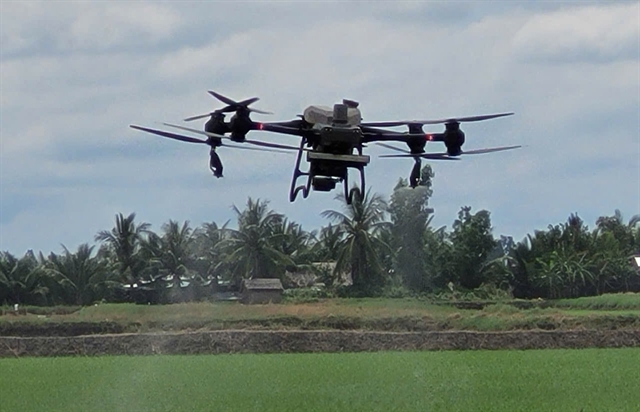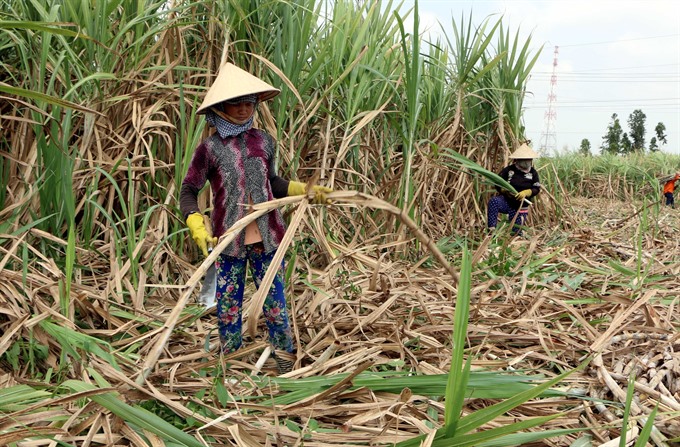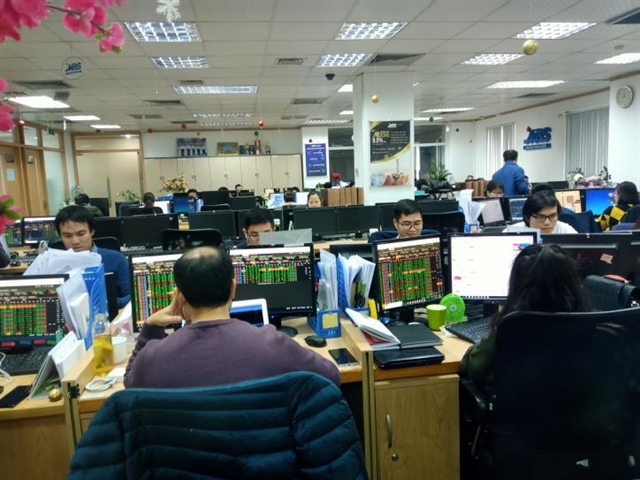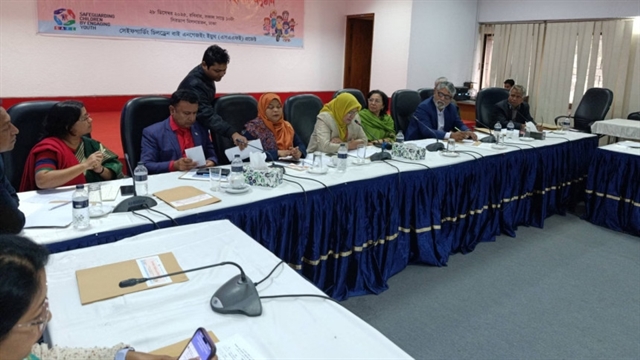 Society
Society

Sugarcane farmers in the Mekong Delta are facing losses during the harvest of the 2018-19 sugarcane crop because of low prices and yield.
 |
| Farmers harvest sugarcane in Sóc Trăng Province’s Cù Lao Dung District. – VNA/VNS Photo Trung Hiếu |
HCM CITY – Sugarcane farmers in the Mekong Delta are facing losses during the harvest of the 2018-19 sugarcane crop because of low prices and yield.
In Sóc Trăng Province, traders are buying sugarcane in Cù Lao Dung District for VNĐ200 – 300 a kilo, a record-low price.
The islet district, which is the province’s largest sugarcane producer, has about 2,300ha of sugarcane for the 2018-19 crop.
Trần Vũ Lan, who plants 1.2ha of sugarcane in Cù Lao Dung’s Đại Ân 1 Commune, said the low price of sugarcane and the high cost of hiring workers for harvesting have caused a loss of VNĐ20 million (US$860) per hectare.
Some farmers whose fields are not near roads have not harvested their sugarcane this year to save money on hiring workers and transport, he said.
Huỳnh Minh Dũng, a sugarcane trader in Đại Ân 1, said the price was low in the last crop and sugar companies have deferred payment to farmers for the current crop.
“Farmers sometimes do not get their money even after one month of selling their sugarcane,” he said.
In Trà Vinh Province, farmers in Trà Cú District have suffered losses for the second consecutive year. The yield of sugarcane in the district is about 80 – 85 tonnes per hectare in this crop, down 15 tonnes against the last crop.
Because farmers suffered losses in the previous crop, they had less money to invest in their fields, causing a decline in yield.
Kiên Phume, who has harvested a 06.ha sugarcane field in Trà Cú’s Ngãi Xuyên Commune, said she lost more than VNĐ20 million ($860) for this crop.
Trà Cú, which accounts for about 80 per cent of the sugarcane growing area in Trà Vinh, planted more than 3,500ha of sugarcane in the 2018-19 sugarcane crop, down 1,500ha against the last crop, according to the district’s Division of Agriculture and Rural Development.
Shift to other crops
Lê Hồng Phúc, chairman of the Trà Cú People’s Committee, said the decline of sugarcane prices had caused farmers to shift to grow other crops or to breed fish and shrimp.
Because of declining sugarcane prices, the district has had difficulty encouraging farmers to keep their sugarcane fields.
In the past, sugarcane was the most profitable crop planted in the saltwater-infected areas in Trà Cú.
The province’s Department of Agriculture and Rural Development has given guidance to farmers in ways to improve yield and quality, and reduce production costs.
The department has worked with the Department of Science and Technology to conduct research on new sugarcane varieties that have high yield and sugar content.
The Department of Agriculture and Rural Development has also encouraged farmers to use machines and advanced farming techniques and participate in co-operatives so they can access State support policies.
Many farmers in Sóc Trăng Province have switched from sugarcane varieties used to produce sugar to varieties for sugarcane juice.
Lê Văn Dạn, who has switched mostly to sugarcane used for juice in Cù Lao Dung District, said he earned a profit of VNĐ7- 8 million ($300 - 344) per 1,000sq.m.
Nguyễn Văn Đắc, deputy head of the Cù Lao Dung District Agriculture and Rural Development Division, said: “The current low price of sugarcane will cause problems for farmers, so the district is planning to shift sugarcane areas to other crops.”
The district expects to shift about 1,100ha of sugarcane to other crops this year, he said.
Last year the district turned more than 950ha of sugarcane to grow other crops.
In Cù Lao Dung’s sugarcane growing areas which are located near roads, district authorities have encouraged farmers to maintain their sugarcane planting areas that grow sugarcane varieties used for juice or varieties used for both sugar and sugarcane juice.
In areas far from roads, district authorities have encouraged sugarcane farmers to switch to growing fruits and vegetables or breeding aquatic species.
Many former sugarcane fields that have grown other crops in the last two years have yielded good profits for farmers in Cù Lao Dung, according to the district’s Division of Agriculture and Rural Development. – VNS




